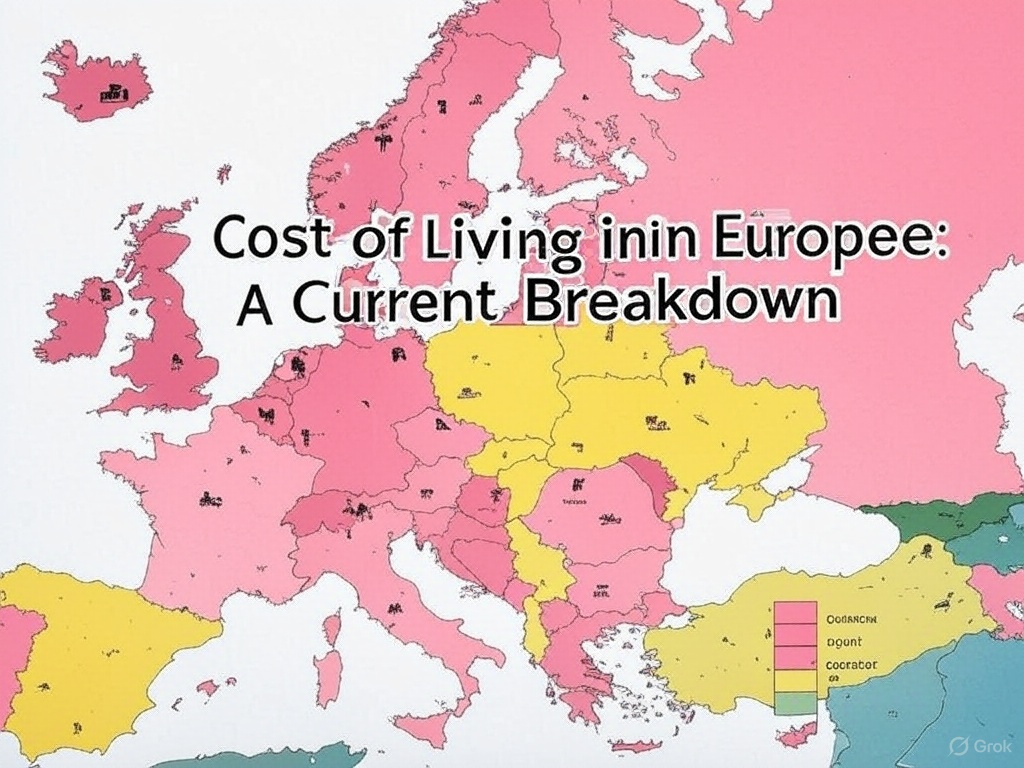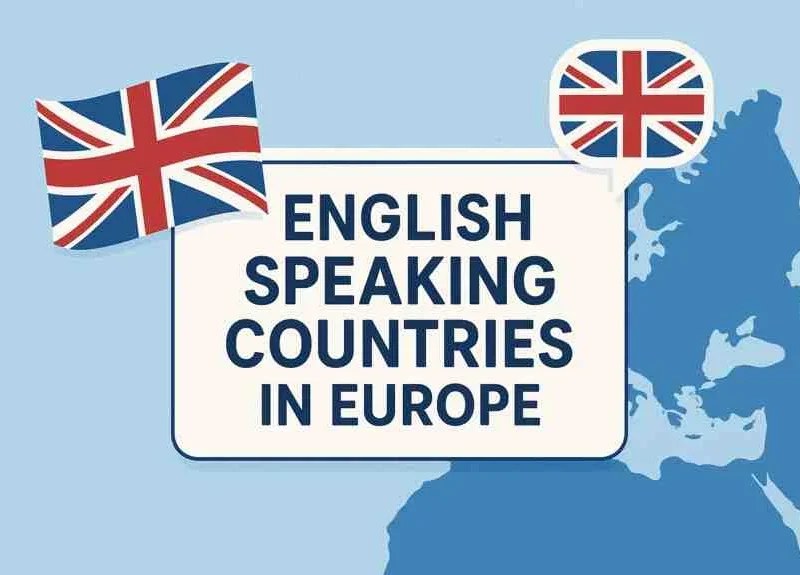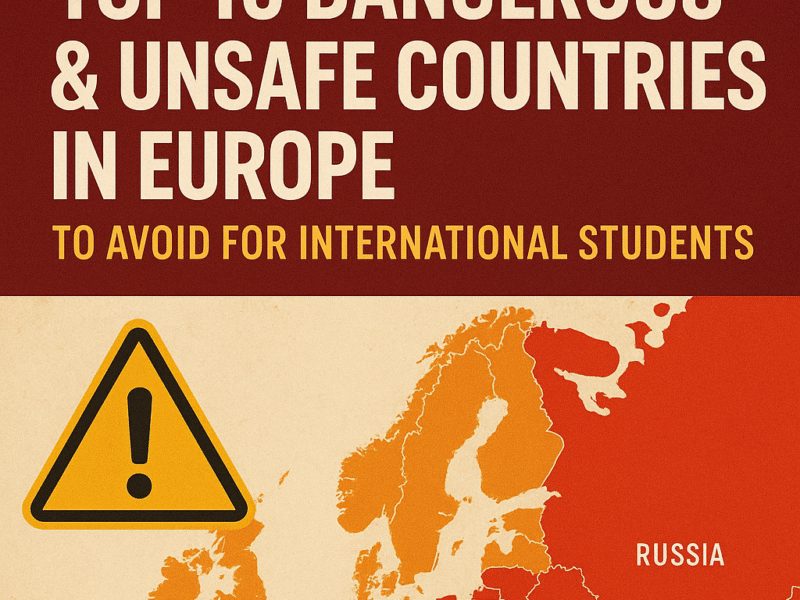Ever wondered how far your money could stretch in Europe? With 44 countries offering everything from snowy peaks to sunny coastlines, Europe’s diversity is as stunning as its price tags. Whether you’re dreaming of relocating as an expat, planning a budget-friendly trip, or setting up shop as a digital nomad, understanding the cost of living across Europe is a game-changer.
In this guide, I’ll break it down country by country, spotlighting the priciest spots, the hidden bargains, and everything in between. Based on what folks are searching for online—like “cost of living in Europe 2025” or “cheapest countries to live in Europe”—I’ve packed this post with fresh, practical insights as of this year. Let’s dive into the numbers and see where your budget fits best!
Understanding Cost of Living in Europe
First things first: what does “cost of living” even mean? It’s the amount of cash you need to cover basics like rent, groceries, transportation, and utilities in a specific place. Experts often measure it with a Cost of Living Index, where New York City sits at 100 as a benchmark. Europe’s costs swing wildly depending on where you land—think glitzy Zurich versus sleepy rural Romania.
Why the gap? It’s all about geography, economic muscle, and whether you’re in a bustling city or a quiet village. Northern Europe tends to hit your wallet harder, while the south and east often give you more bang for your buck. People searching “cost of living Europe comparison” want the nitty-gritty, so I’ll keep it real with up-to-date examples.
The Most Expensive Countries in Europe
Let’s start with the heavy hitters—the places where your bank account might whimper. These countries pop up all the time in searches like “most expensive countries in Europe to live,” and for good reason.
Switzerland
If you’re picturing chocolate, watches, and jaw-dropping Alps, you’re also picturing a hefty price tag. Switzerland consistently ranks as Europe’s priciest. In Zurich or Geneva, a one-bedroom apartment in the city center runs $1,500 to $2,000 a month. Groceries? A loaf of bread can cost $3, and a decent meal out might set you back $30 per person. Why so steep? The Swiss economy is a powerhouse, wages are sky-high, and demand in these cities keeps prices climbing. Quality of life is top-notch, but you’ll pay for it.
Norway
Up in Scandinavia, Norway’s no slouch either. Oslo’s a stunner, but a one-bedroom apartment there averages $1,000 to $1,500 monthly. A coffee might cost $5, and public transport isn’t cheap either. The culprit? High taxes, a reliance on imported goods, and a cold climate that jacks up heating bills. Searches for “cost of living Norway vs USA” show folks are curious—and often shocked—by the numbers.
Iceland
This island’s small population doesn’t mean small costs. Reykjavik rents hover around $1,200 to $1,800 for a one-bedroom, and utilities (think heating in that chilly weather) add another $150 or more. Food’s pricey too, thanks to imports—expect $15 for a casual lunch. Iceland’s isolation and tourism surge keep costs lofty, making it a frequent flyer in “expensive European countries” searches.
Affordable Gems in Europe
Now, let’s flip the script. If you’re hunting for “cheapest places to live in Europe,” these countries are goldmines. They’re wallet-friendly without skimping on charm.
Kosovo
Europe’s best-kept secret? Kosovo might just be it. In Pristina, the capital, you can snag a one-bedroom apartment for $200 to $400 a month. A meal at a local spot costs $5, and public transport is dirt cheap. Why so affordable? It’s an emerging economy with lower wages and less tourist hype. Searches for “cheapest European countries 2025” often miss this gem, but it’s a standout for budget living.
Romania
Eastern Europe’s star, Romania blends affordability with a rich culture. In Bucharest, rent ranges from $300 to $600 for a one-bedroom, and utilities are a steal at under $100 a month. A hearty meal out? Maybe $8. Lower labor costs and a slower pace outside cities keep prices down. It’s no wonder “cost of living Romania expat” is trending—people are catching on.
Portugal
For Western Europe on a budget, Portugal’s your pick. Lisbon’s pricier at $700 to $1,200 for a one-bedroom, but head to Porto or smaller towns, and you’re looking at $500 or less. Groceries are reasonable—a weekly shop for one might be $40—and healthcare’s a bargain compared to the U.S. Its sunny vibe and low costs make “cost of living Portugal digital nomad” a hot search term.
Middle-of-the-Road Options
Not too pricey, not dirt cheap—these countries strike a balance. They’re popular in searches like “affordable European countries with good quality of life.”
Poland
Poland’s on the rise, and its costs reflect that sweet spot. In Warsaw, a one-bedroom goes for $500 to $900 a month. Food’s affordable—a grocery run might cost $30 a week—and public transport is efficient and cheap. A growing economy keeps it reasonable, making “cost of living Poland vs Germany” a common comparison.
Spain
Spain’s a mixed bag, but it leans affordable. Madrid or Barcelona rents hit $600 to $1,200 for a one-bedroom, while smaller cities like Valencia drop to $400-$700. Tapas for $10 and cheap wine make it a lifestyle win. “Cost of living Spain expat” searches spike because it’s got that perfect mix of sun, culture, and value.
Czech Republic
Prague’s a fairy tale, but it won’t bankrupt you. A one-bedroom costs $700 to $1,000 monthly, and a beer (a local staple) is under $2. Public transport’s a steal at $25 a month. It’s a solid middle ground, often popping up in “cost of living Europe comparison” queries.
City vs. Rural Cost Differences
Here’s a pro tip: where you live in a country matters as much as the country itself. Searches like “cost of living Zurich vs Porto” show people want specifics, so let’s break it down.
- Switzerland: Zurich’s $1,500+ rent drops to $800-$1,000 in rural areas. Groceries stay pricey, but you save big on housing.
- Portugal: Lisbon’s $1,000 rent shrinks to $500-$600 in Coimbra or the Algarve. Smaller towns also mean cheaper eats.
- Germany: Berlin’s $900-$1,300 for a one-bedroom falls to $600-$800 in rural Bavaria. That’s a 20-30% drop.
The pattern? Cities carry a premium—sometimes 40-50% more—thanks to jobs, tourism, and demand. If you’re flexible, going rural can stretch your budget further.
Practical Tips Based on Search Trends
People searching “how to live cheaply in Europe” or “best countries for remote work” want actionable advice. Here’s what I’ve learned:
- Saving in Expensive Countries: Skip city centers—commute from suburbs. Cook at home (Switzerland’s restaurant prices are brutal) and use public transport passes.
- Maximizing Affordable Countries: Low rent in places like Kosovo or Romania means more cash for savings or travel. Digital nomads, take note—fast internet’s often cheap too.
- Hidden Costs: Watch out for utilities in cold climates (Norway’s heating bills sting) or tourist taxes in hotspots like Iceland. These sneak up on you.
Conclusion
Europe’s cost of living is a rollercoaster—Switzerland and Norway will test your wallet, while Kosovo and Romania let it breathe. Spain, Poland, and the Czech Republic? They’re your Goldilocks zones. Whether you’re chasing luxury or pinching pennies, this breakdown’s got you covered.
As of today, these numbers reflect the latest trends and data from sources like Numbeo and Eurostat. So, what’s your next move? Drop a comment below—tell me which country’s cost surprised you or where you’re dreaming of landing. Happy planning!






